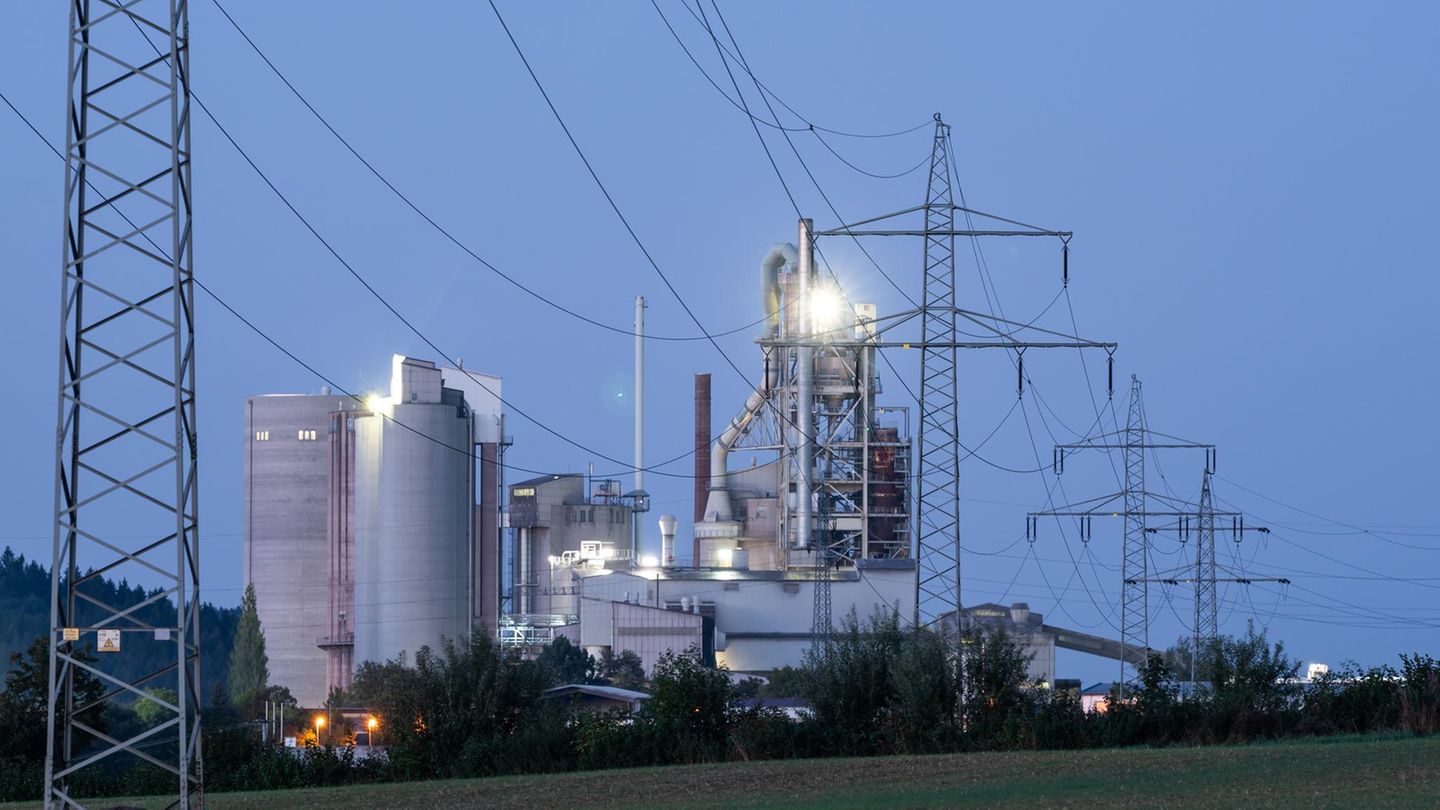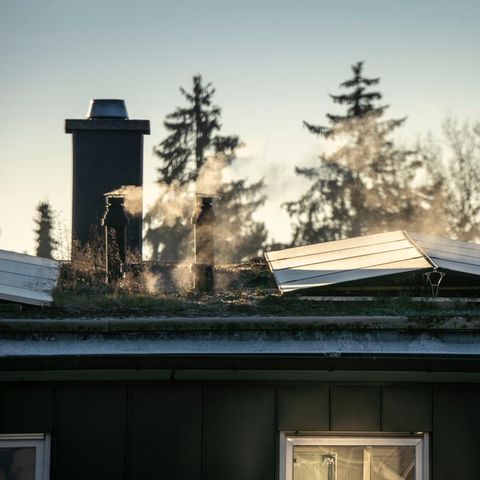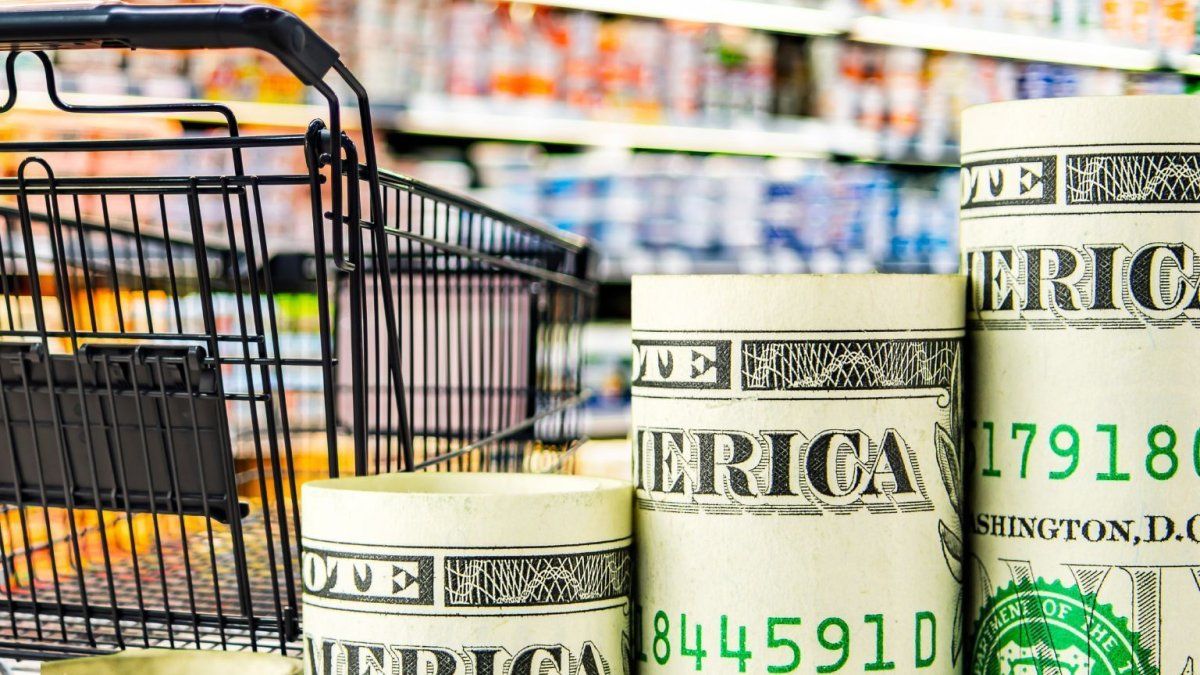Industrial current price
EU Commission allows subsidies to reduce energy costs
Copy the current link
Add to the memorial list
Energy -intensive companies breathe up: Brussels opens the gate for an industrial current price and makes energy so cheaper. However, consideration is required for this.
The path for an industrial flow price for relieving energy -intensive companies is free. With a new aid framework, the EU Commission will in future allow direct state subsidies to reduce electricity prices for energy-intensive companies under certain conditions.
“It is an instrument to promote climate protection, to strengthen the resilience of Europe and to ensure that our industry remains competitive worldwide,” said competitive commissioner Teresa Ribera in Brussels.
The aim is to advance the conversion of industry to climate neutrality without the economy being affected too much. The subsidies are intended to support energy -intensive and international competition for a transitional period.
The Commission explicitly speaks of a bridge aid until the energy transition has progressed and the electricity prices are again at an internationally competitive level due to the expansion of networks and renewable energies.
Pricing with the lid and clear borders
Specifically, the new framework allows a discount of up to 50 percent to the wholesale power price, but at most for half of the annual electricity consumption of a company. In addition, the price due to the subsidies may not drop below 50 euros per megawatt hour.
The measure is also limited: subsidies may only be granted for a maximum of three years per company and must expire by the end of 2030 at the latest. The “Handelsblatt” had already reported on details on Monday.
Only companies that have a high electricity requirement for their production and whose industry is also strongly integrated into international trade may benefit from the electricity price aid. This double prerequisite is intended to ensure that only companies are supported that are particularly pressure under high energy prices in global competition.
In Germany, for example, the chemical and steel industry are large and at the same time energy-intensive industries that are under pressure due to the high energy costs. According to the Federal Statistical Office, the production of energy -intensive industry has fallen almost continuously since the beginning of 2022 and has developed significantly weaker than the overall industry. According to the Federal Office, the five industrial sectors with the strongest energy consumption employed almost one million people in 2021.
In its coalition agreement, the black and red federal government had agreed to relieve energy-intensive companies with an industrial flow price, provided that the EU rules for state aid allow this.
Industrial current price against investments in green technologies
A central element of the new EU rules is that the help of investments must be linked to a more climate-friendly economy. The Commission wants to prevent companies from resting on state subsidies and dispersing profits without consideration.
At least half of the state support must flow into concrete projects for modernizing and reducing CO2 emissions from companies.
Only new or modernized systems may be funded. In addition, grants are excluded if measures already receive funding from other pots.
According to the EU Commission, the possible eligible investments include the expansion of renewable energies, the development of electricity storage, measures to increase flexibility on the demand side, efficiency increases and the use of electrolysors for the production of “green” or low-CO2 hydrogen. Under certain circumstances, grants for gas and nuclear power should also be possible.
Billions expected to private investments
With the new framework, the Commission not only wants to create short -term relief, but also set an investment signal in the long term. State aid should close gaps in a targeted manner and, above all, mobilize private investments.
Dpa
Maximilian von Klenze / CL / TIS
Source: Stern
I have been working in the news industry for over 6 years, first as a reporter and now as an editor. I have covered politics extensively, and my work has appeared in major newspapers and online news outlets around the world. In addition to my writing, I also contribute regularly to 24 Hours World.





